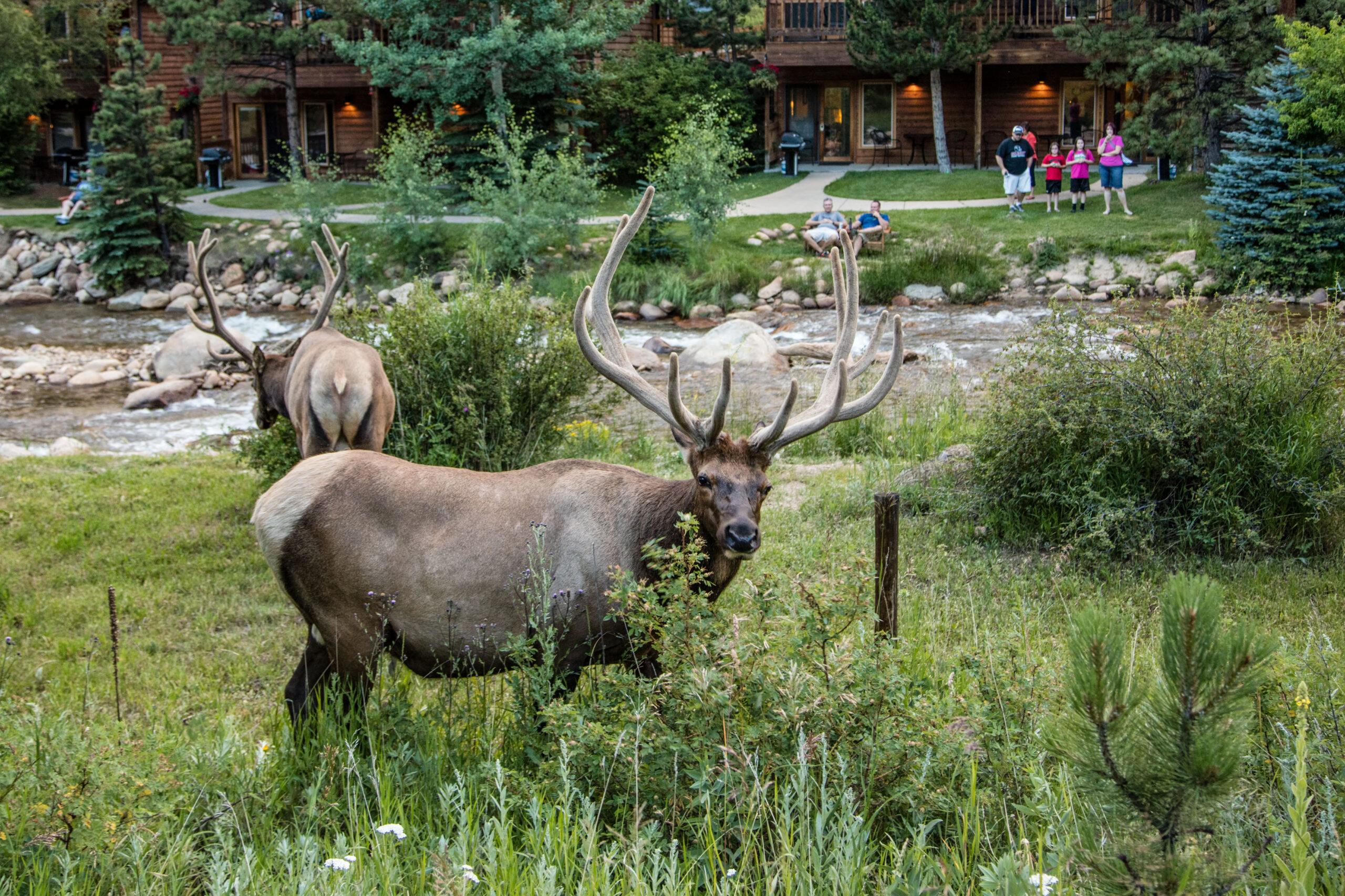
It's now mandatory for Colorado hunters to get some elk tested for chronic wasting disease, an always-fatal neurological disease found in some hooved mammals such as deer, moose and elk.
For the last few years, Colorado Parks and Wildlife has required that hunters get mule deer tested when they are harvested from specific parts of the state. The head of the deer or a tissue sample is brought to a submission location, and the test results help the state get a clearer picture of the spread of the disease.
Now that the state has a good sense of infection levels in the deer population, public information officer Travis Duncan said the agency now wants to do the same for elk.
"We haven't had historically a huge sample size of these animals before," Duncan said. "Having that data is going to be a huge help to our scientists, knowing where the real problems are."
The information will help the state implement its Chronic Wasting Disease Response Plan and its goal of maintaining low infection levels since eradication efforts proved unachievable. The disease was first observed among captive mule deer in Fort Collins in 1967 and is now found in wild herds across multiple states and Canada.
There's no charge to a hunter who has to bring in an elk or deer for testing. The hunting areas that will require mandatory elk testing are spread around Colorado.
There haven't been any reports of chronic wasting disease impacting human health, but public health officials won't say that there's no risk from eating meat from infected animals. It's advised that infected meat be thrown away and that hunters wear rubber gloves when field-dressing game while minimizing contact with the brain, spinal cord, eyes, spleen or lymph nodes of the animal.
"This is not a disease that's very well understood," Duncan said. "If these infection levels reach certain points they can cause mass population decline crashes. Long-term that can really affect our economy our wildlife and what we see every day when we walk out the door in Colorado."
Because there have been limited samples collected on elk, Duncan said they're not sure where infection numbers are headed.
"It's a little bit like what we knew before we started this mandatory testing for deer a few years ago, we really don't know what we don't know at this point because the sample sizes are slow low," Duncan said.
He said after this year of mandatory testing, the elk infection map will start to take shape which is "a little blank right now because we just need more information."









